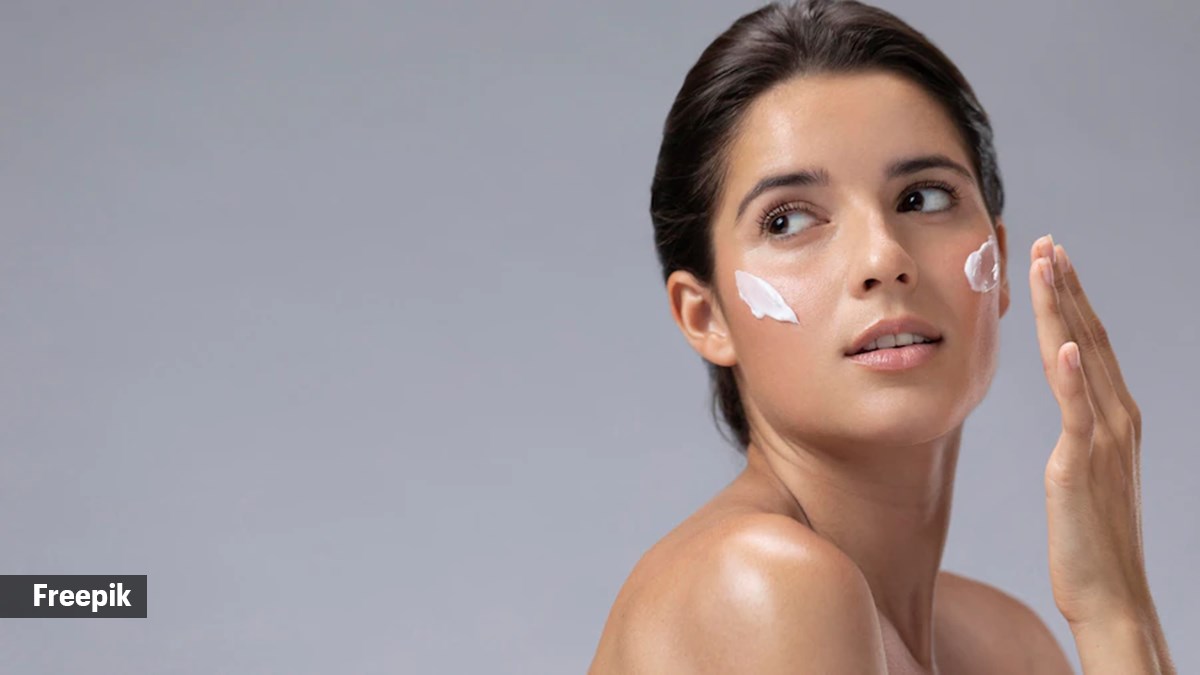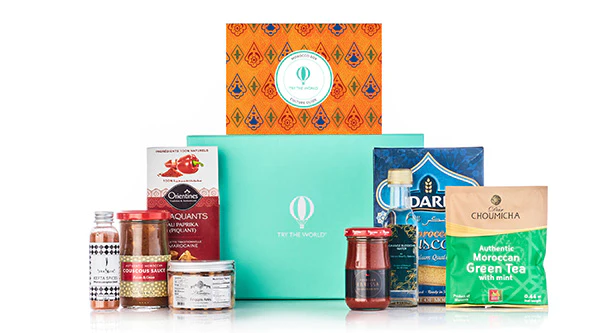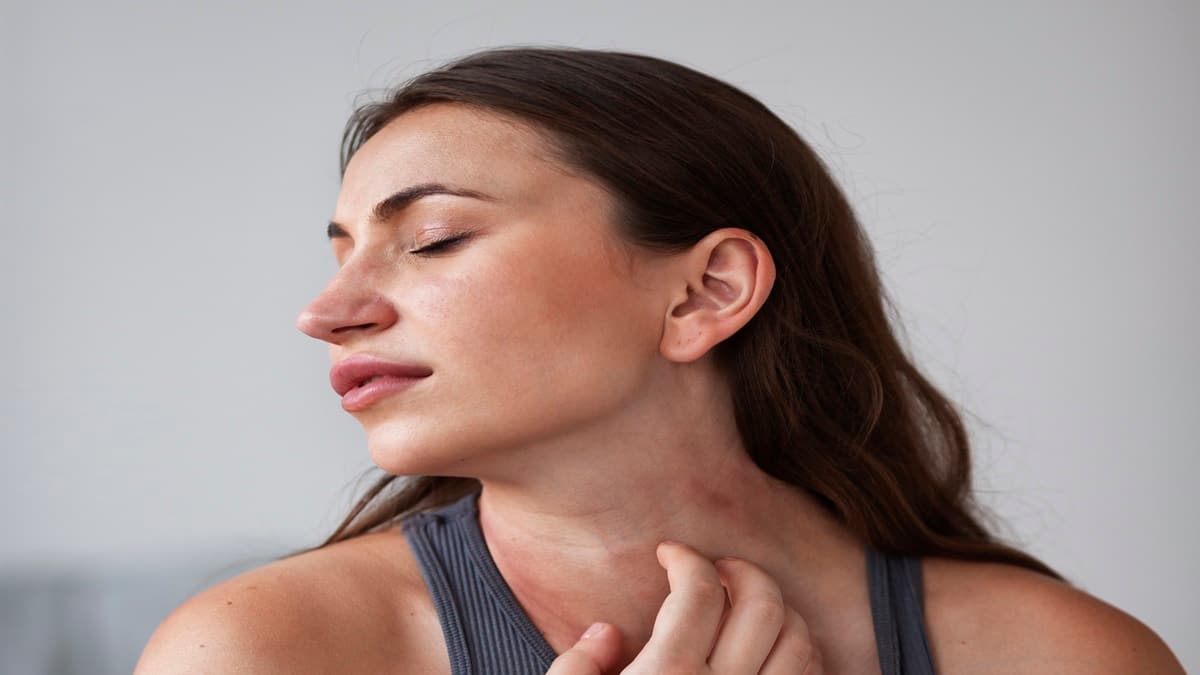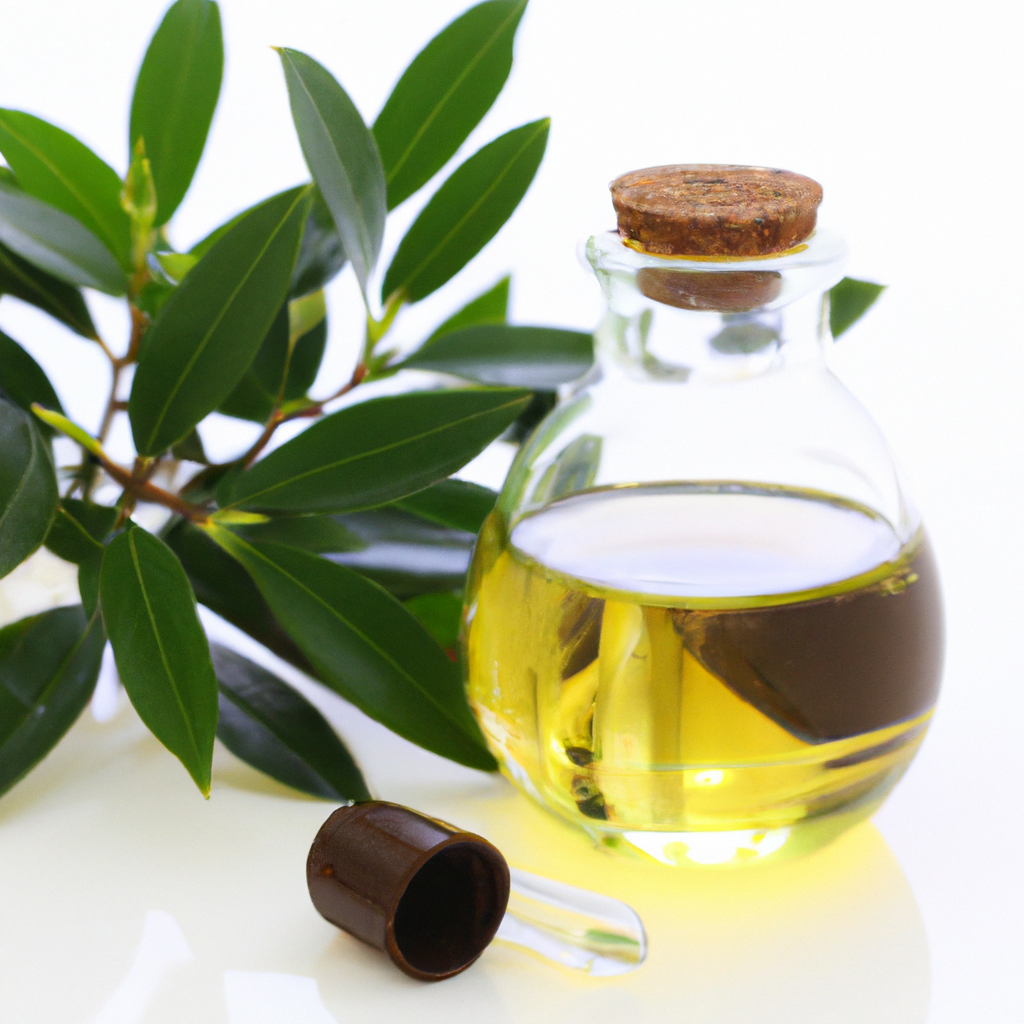Views: 0
There is nobody on this planet who doesn’t want young, healthy-looking, glowing skin. This makes most of us splurge on skincare in order to achieve the desired results. However, this should not be the case.
What we often don’t realise is how we may be making several skincare mistakes that stop us from achieving healthy skin and are doing us more harm than good. But most of us are not aware of the dos and don’ts. So, if you are pondering on what’s right and what’s wrong for your skin, turn to Dr Kaveri Karhade, a board-certified dermatologist, who took to Instagram to share common skincare mistakes we should avoid.
Take a look.
Mistake #1 Using too many products
Dr Karhade said that using too many skincare products sometimes can do more harm than good. Overloading your skin with so many different ingredients can irritate your skin or disrupt your skin barrier.
“There are several reasons why one should avoid using too many skincare products as it can cause skin sensitivity, product interactions, overloading the skin barrier, difficulty in identifying problematic products,” she explains. So, it’s best to use a simple skin care routine and skin products that are suitable for your skin concerns.
Concurring, Dr Ramdas, Senior Dermatologist, Kamineni Hospitals, Hyderabad told indianexpress.com, “The skincare industry tempts with many transformative products, but using too much can harm the skin. Skin is delicate, and excessive application disrupts its balance, causing irritation, inflammation or breakouts. Research shows that a simplified routine is as effective or even better. A study in the Journal of Dermatological Science supports using fewer products to maintain a healthy skin barrier and reduce risks. Experts suggest a basic routine: cleanser, moisturiser, and sunscreen, customised for your skin.”
Mistake #2 Neglecting neck and chest
Many people focus solely on their face when it comes to skin care and completely neglect their neck and chest. Dr Karhade notes that these areas are also prone to ageing and sun damage just like your facial skin. “It should be a part of your skin care routine by cleansing, moisturising and applying sunscreen,” she informs.
Similarly, Dr Ramdas said that neglecting the neck and chest can lead to premature aging. “These areas are prone to sun damage and dehydration, causing fine lines and wrinkles. Protecting the neck and chest minimises age spots, uneven skin tone and premature wrinkles.”
Mistake #3 Do not mix moisturiser and sunscreen
 It’s best to use sunscreen as a last step of your skin care routine after your moisturiser and any other skin care product. (Source: Freepik)
It’s best to use sunscreen as a last step of your skin care routine after your moisturiser and any other skin care product. (Source: Freepik)
“Never mix your moisturiser in your sunscreen before applying it because it’s going to dilute the effectiveness of your sunscreen and its ability to protect you from the sun,” says Dr Karhade.
She adds, “So, it’s best to use sunscreen as a last step of your skin care routine after your moisturiser and any other skin care product. This allows the sunscreen to form a protective layer on top of your skin and work effectively to block those UV rays.”
Agreeing to this, Dr Ramdas noted that experts discourage combining moisturiser and sunscreen into one product as it compromises their effectiveness. “Sunscreen requires a specific concentration of active ingredients to protect against UV rays, which can be reduced when mixed with moisturiser. Additionally, combining them may hinder the sunscreen’s ability to form a protective layer. For optimal protection, apply sunscreen with SPF 30 or higher as the final step after moisturiser.”
Here are other skincare mistakes people make, according to the expert:
*Excessive exfoliation harms the skin’s barrier, causing dryness, redness and sensitivity. Limit it to once or twice a week using gentle products.
*Extend skincare beyond the face to avoid body dryness, dullness, and uneven texture. Moisturise and protect exposed areas like hands, arms, and legs.
*Patch test new skincare items to prevent allergic reactions or irritations. Apply a small amount to a discreet area, observe for adverse reactions and then use it on the face or body.
📣 For more lifestyle news, follow us on Instagram | Twitter | Facebook and don’t miss out on the latest updates!









